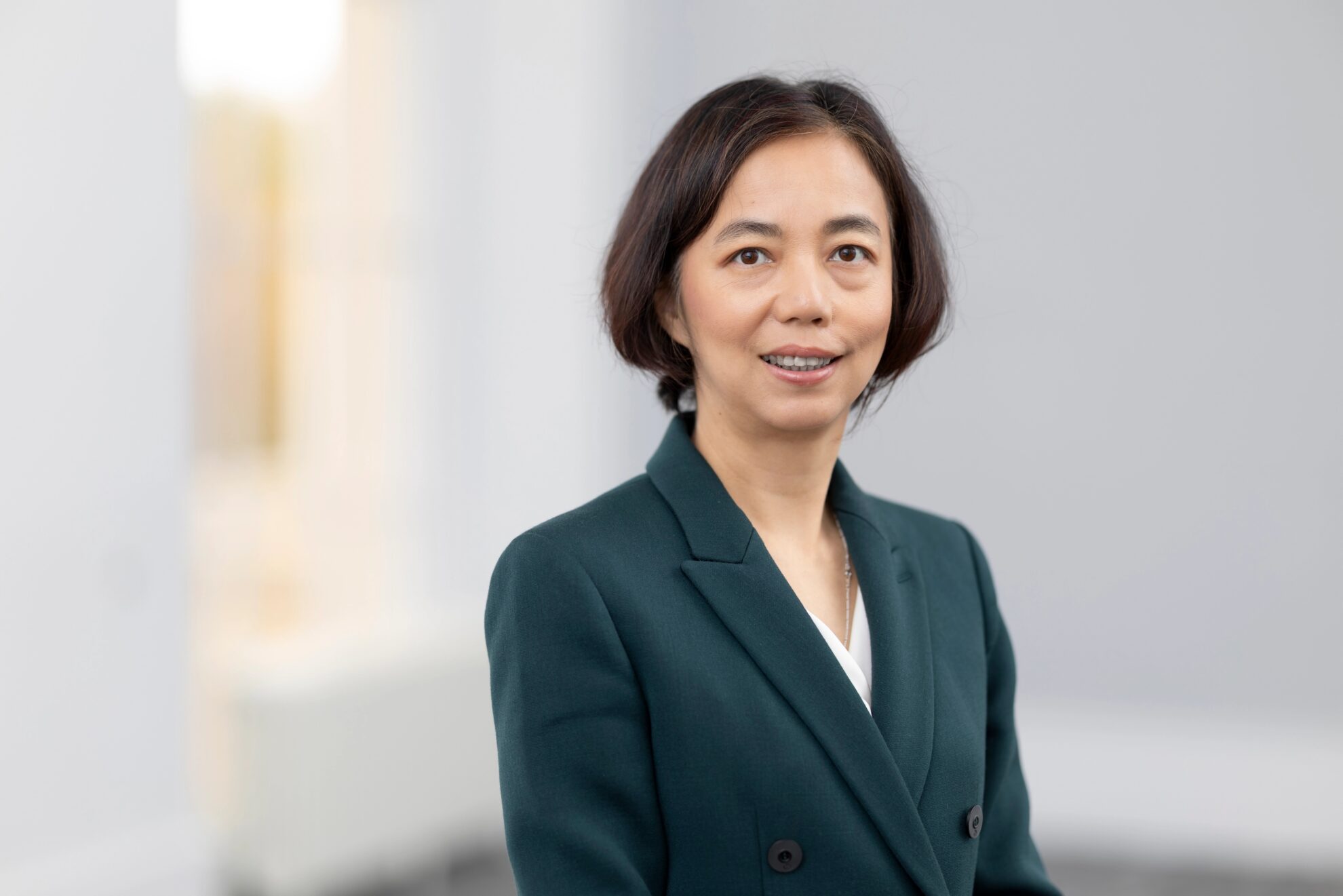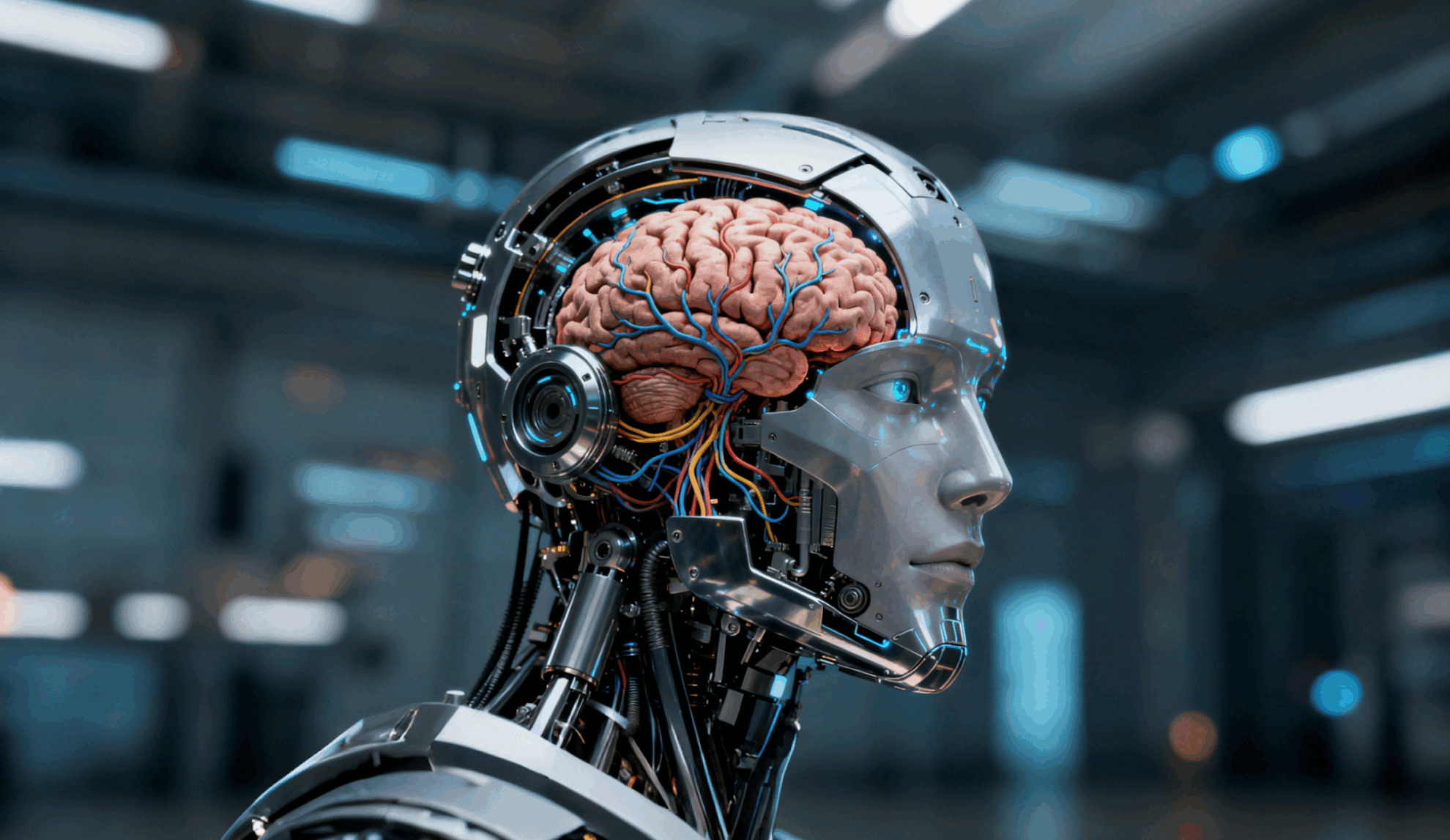In This Century, Buddha Sent Robots to Spread Buddhism

Artificial intelligence technology has already been involved in Buddhism. In order to attract young people's attention to Buddhism, many temples have begun to try to combine technology with religion. For example, in February 2019, Japan launched the robot Guanyin "Mindar". Such means of communication have subverted people's perception of traditional Buddhism. Will artificial intelligence technology bring about a change in Buddhism?
More than 2,500 years ago, Sakyamuni attained enlightenment under the Bodhi tree in Bodh Gaya, India.Word of mouthTherefore, in order to save sentient beings, Sakyamuni's disciples traveled all over India.
Later, in order to facilitate the spread of the Buddha's teachings, the Buddha's disciples wrote down the Buddha's teachings.Scriptures,It was then introduced to China via India, and then spread to Korea and Japan, allowing Buddhism to spread widely.
In modern times, Buddhism has spread all over the world. With the development of science and technology,The Internet has become a new means of communication.Missionaries began to use modern media to spread Buddhism.
Under the impact of the changing times, Buddhism is also constantly adjusting itself.Integration with technology.
Japan develops robot Guanyin "Mindar"
Earlier this year, Kodaiji Temple, a Japanese temple with a history of more than 400 years, announced a magical Guanyin. Robot Guanyin "Mindar"(Mingda), which attracted the attention of domestic and foreign media.
Mindar was created by a robotics scholar from Osaka University Professor Hiroshi IshiguroAssist Kodaiji Temple,Nearly $1 million invested in research and development, created based on the prototype of Guanyin Bodhisattva in Japanese mythology.

This "Mindar" Guanyin can explain the "Mahaprajnaparamita Heart Sutra" in Japanese, accompanied by various actions, and he will also translate the sutra into Chinese and English versions. The abbot of Kodaiji Temple said that in the future,Artificial intelligence technology will give "Mindar" infinite wisdom.
Although this is not a new thing in Japan, which has always been at the forefront of robot research and development and has very creative ideas.
How to Save Japan's Declining Buddhism
As time goes by, people all over the world are becoming less and less interested in religion.Young people in particular have less and less interaction with Buddhism.
Japan is no exception. Buddhism was once one of the mainstream religious beliefs in Japan. According to the "Religious Statistics Survey" conducted annually in Japan, Japanese Buddhists account for nearly half of all religious populations.

But nowadays, many Japanese no longer participate in any religious organizations.Buddhism faces a lack of successorssituation.
then,In order to attract young people, some Buddhists even go to bars to chant sutras.There are also temples that have opened cafes and beauty salons, and replaced the music in nightclubs with Sanskrit...

Japanese temples do their best to promote Buddhism using AI technology
In recent years, major temples in Japan have followed the trend of the times and have begun to use technology to attract the attention of young people.
In March 2018, Japan's TDK Corporation launched aWalking artificial intelligence potted plant:BonsAI,The flowerpot part is equipped with an AI system.
According to TDK, although this potted plant looks ordinary, its base is equipped with advanced devices such as cameras, wireless power supply, and microcomputers that control conversation functions. BonsAI can move freely in the temple and can also"Chatting about life" with monks.
In November 2018, aElectronic music ceremony,Hosted by DJ Abbot, the lighting, image projection, electronic music and processed chanting make the Buddhist hall colorful and full of modern atmosphere.

In order to seize the young market, they do much more than this. The young abbot of Jitokuin Temple in Aichi Prefecture,The temple was turned into a robot classroom, where children were taught how to code.After half a year of operation, the school enrolled 20 students.

The robot Guanyin "Mindar" introduced at the beginning of the article was also born based on this background.
The designer of "Mindar" said that one day in the future,AI will be used to provide it with a degree of autonomy.This adds a new dimension to the way religious messages are delivered.
Tensho Goto, the chief priest of Kodaiji Temple, said he hopes this will spark interest and attract the younger generation."PassThrough artificial intelligence, we hope that it can develop and change Buddhism wisely."
Mindar is not the first Buddhist robot
In fact, “Mindar” is not the first Buddhist robot launched by Japan. In 2014, Japan launched a robot developed by SoftBank. "Pepper".
In 2017, Pepper was given a new function: chanting sutras. People can rent it at funerals, and it will beat the wooden fish like a Buddhist priest and chant sutras for the deceased.

Compared to the 240,000 yen (about 15,000 yuan) fee for a human wizard to perform a sutra, Pepper's service fee is much cheaper, only 50,000 yen (about 3,200 yuan). And it can also do things that a human wizard may not be able to do, such as:Live broadcast of funeral,Let those who can't be there watch.
In addition, "Pepper" can also assist the temple abbot in chanting sutras to help the understaffed Japanese temples maintain normal operations.
in the country, we have also been flooded with robot monks. In 2016, Longquan Temple in Beijing AI robot monk "Xian'er"It was born and quickly attracted a large number of fans.
According to the research and development team of "Xian Er", the robot monk took the team three and a half months to create.The AI technologies behind it include:Identification More than 1,800Different objects and scenes; indoor positioning and navigation technology based on lidar; flexible arms with 6 degrees of freedom; original speech synthesis, etc.

Longquan Temple also began to enter the AI field around 2018. At the end of July 2018, the director of its Sutra Office, Venerable Xianchao, Compilation of the Tripitaka:When AI meets BuddhismThe topic is about the application of AI independently developed by Chinese temples.
Master Xianchao also pointed out,Combining the current popular AI technology with the Tripitaka,Using technologies including deep learning and optical character recognition (OCR) to change the way traditional Buddhist canons are interpreted can lower the threshold for "reading the canon and gaining insights" and improve scholars' work efficiency.
At that time,Development engineers, product managers and other IT talents,It has also become the protagonist of the recruitment notice of Longquan Temple. This may be the temple with the strongest Internet atmosphere, and many people go to visit Longquan Temple for this reason.
Longquan Temple has changed from the deserted place it was many years ago.Tourists flock to the city.With hundreds of volunteers, it is no longer just a temple, but has become a tourist attraction visited by tourists from all over the world and a place for many companies to go for training and study.
What changes will the combination of AI and religion bring?
What is the effect of combining AI with religion to promote Buddhism and save all living beings? What we have seen so far is that every time the religious community launches a new application scenario, such as smart Buddhist beads and robot monks, it will attract attention and heated discussion, but like many hot topics, it will soon be forgotten.

The abbot of Kodaiji Temple, Goto, once said, "Buddhist faith is invisible. Whether it is replaced by a machine, a piece of iron, or a leaf, it does not matter. ButRobots are immortal. They can practice Buddhism without being restricted by environment or location.It also has a more powerful memory and can continuously store knowledge.”

In recent years, there have also beenOnline worship and burning incenseThe website allows believers to "burn incense" and worship Buddha every day as long as they turn on their computers. It is very convenient. It allows believers to create a personal religious environment in any occasion.
Ancient religionJoin modern young people who are more interested inTechnology elements, indeed attracted more attention.
A monk who is very concerned about technology said that although Buddhism is ancient and traditional, Buddhists are modern. Buddhism emphasizes inner practice, and technology can transform the material world.The organic combination of the two can promote the true scientific development of human society.
Therefore, in the Internet age, the integration of science and technology and religion is inevitable, and may contribute to the spread of Buddhism. At least, it is common sense for believers and scientific researchers. Whether this will eventually bring unprecedented changes to religion, we still have to wait for time to give the answer.
Let’s welcome a Buddhist weekend together.
-- over--








